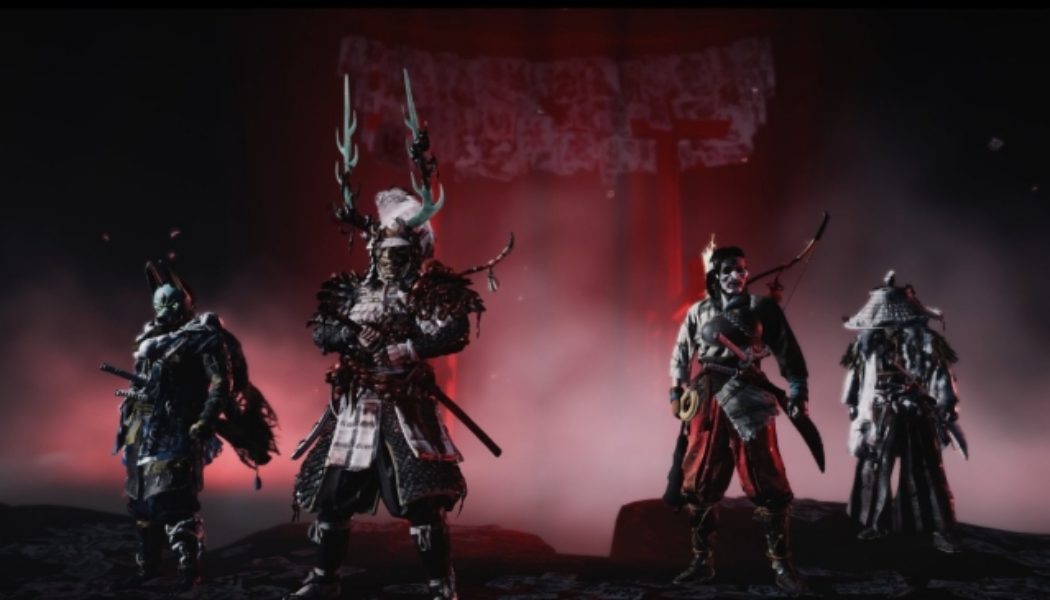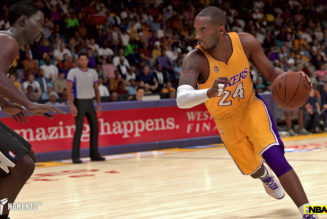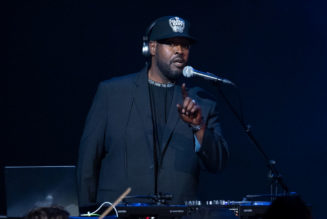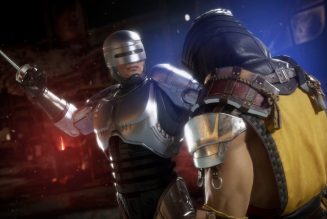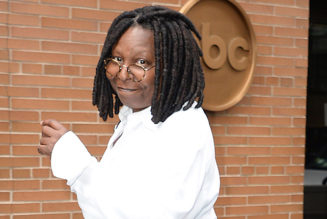
After unquestionably being one of the best games of 2020, Ghost of Tsushima recently came back with a vengeance. Not only did it get a brand new expansion centered around Iki Island, but the Director’s Cut also added a true PS5 version of the game for those lucky enough to get their hands on the latest and greatest console.
But aside from the new single-player content, the shockingly robust post-launch multiplayer mode known as Legends is getting a whole new revitalization as well. For one thing, Legends is now available as a standalone game for the first time ever, meaning that those only interested in teaming up with their friends for a samurai adventure won’t need to bog down their system or wallets with the full story of Jin Sakai as well. But whether you’re a new Legends convert or a returning veteran, the Rivals mode brings a competitive aspect to the otherwise-cooperative experience, and some major new additions to gear, skills, and other leveling are giving even the most diehard of players something new to pursue.
To hear more about what went into Legends both last originally and recently, SPIN chopped it up with Sucker Punch Productions Senior Game Designer Darren Bridges about one of the most pleasant multiplayer surprises in PlayStation history.
SPIN: At what point did you decide to add a full-blown multiplayer game into Ghost of Tsushima rather than an underwhelming multiplayer mode like so many other titles do?
Darren Bridges: From the very beginning, when we first pitched Ghost, we knew we wanted to do multiplayer — but we weren’t sure how we were going to integrate it or what the framing of it was going to be. We spent several months playing through different ideas and design scenarios while we were building up the technology, because this is still in the first year of Ghost’s development. One of the things we realized early on is that a lot of the stuff that makes the single-player campaign great just doesn’t work in multiplayer. Ghost is like a time machine, and a lot of the appeal is feeling like you’re immersed in this culture and space — so if your friend’s yelling at you, that doesn’t help with that immersion. We really tried to come up with a co-op experience that would have a different focus, because there’s a lot of other stuff that makes co-op fun. We eventually came to the idea of Legends, because it’s connected to the story of Jin as a spinoff, but it opens up a lot of the design and gives us the freedom we wanted to really deliver a great co-op experience for things like the progression and powers that players can use.
In addition to Legends’ existing co-op story, survival mode, and raid, there’s now the more competitive Rivals mode. What went into making that instead of a traditional player vs. player mode?
Rivals came from an idea that we were interested in for years — even before we started working on Ghost — which is a competitive mode that isn’t directly competitive. If you’ve ever played games like Super Puzzle Fighter II Turbo or Tetris Attack, it’s like a race where you can kind of sabotage the other person while you’re trying to accomplish a goal as fast as you can. Even back when we worked on inFAMOUS, we thought it would be cool if you translated that mechanic or that idea into a 3D third-person space. This time, we already had a multiplayer platform and all this stuff, so it felt like a great time to explore that idea.
I think of the multiplayer space as a kind of amusement park. If you go there with one friend, you have something to do. If you go there with three friends, you have something to do. If you go there by yourself, you have something to do. We’re trying to make stuff that fills all these roles. If people want to come and play a role, there’s something for them to do. I think Rivals hits a really cool new note in that experience, which is the competitive angle. When you play Rivals, it feels very different from the rest of the game. The pacing of it is much faster — the sessions are 10-15 minutes — and you’re feeling the presence of the other team making progress the whole time. It’s just very frantic and fun.
And the other big addition to Legends now is a brand new endgame for the progression system and gear drops. Considering that the single-player campaign isn’t really based around gear much at all, what went into crafting the loot system for the multiplayer?
We evolved our approach to gear and the progression as we developed Legends. We had a more conservative version of it early on, but Legends is all about replayable content, and we needed a carrot — like the carrot versus the stick — to pull players forward into replaying missions. It’s not like “I’ve never played this mission before, I’m so excited to see it” — which is a lot of the appeal of the single-player. With replayable content, the appeal is the progression and the gear, so we expanded that and invested in it. The fictional setting allowed us to explore more design areas that the grounded nature of the single-player made it harder to explore, so we really wanted to double down on that.
Now, we’ve got a new gear mastery system, cursed gear, new upgrades, new skills and all that, so there’s a big chunk of progression that we’re just opening. That’s the thing I’m most excited about, because I think it’s going to be really fun. We looked at all the stuff that’s fun early in the game — like getting all the new gear when you complete a mission — and we looked at the parts that get stale after you’ve done it 100 times, and we tried to make those all fresh again.
I think one of the most impressive things about the original Legends release is that you put a full-blown raid that requires a full coordinated party with mechanics and everything at the end of it. How and why did you pull that off considering it was for a free multiplayer mode?
You know, we’re still kind of questioning if we were insane to do that. But the question of “What makes co-op great?” is what drove all of our decisions since we started making Legends in the first place. Every decision was about how we could make the co-op more fun, because we knew we were delivering a really good single-player experience. As good as the single-player is for telling the story, we wanted this to be that good as a samurai co-op experience with your buddies.
For us, the raid played two parts. For one, it was the culmination of the most co-op-y co-op of the entire experience. You can play the early bronze story missions on your own. They have co-op elements, but they’re not required. As you go through the difficulty of silver and gold, we crank up the requirement to where you might need other people to be there. With the raid, you have to play with people you know. You have to be on mics, because you have to communicate and coordinate your actions. You totally can screw each other over. With the other content, we tried to make it so you can play with a random person — even if they weren’t doing their part or whatever, they can’t ruin your game. But you’re completely vulnerable in the raid if your friend wants to hose you. They’re standing on a platform that’s holding your platform up, and if they jump off, you’re hosed. We cranked the knob all the way over.
The other part of it is that it’s the castle on the hill — or the North Star — where everything you’re doing in the game and all of the gear you get is for this space. This is the thing that acts as the motivation for everything and makes the progression meaningful, because you will need it for that space. We saw it like “If Legends is going to be a cohesive, complete thing, we need that piece of the puzzle.” It was an insane amount of work, and there were a lot of points in development where we were like, “How can we just get this done?” But it turned out really great. I’m super happy with it.
